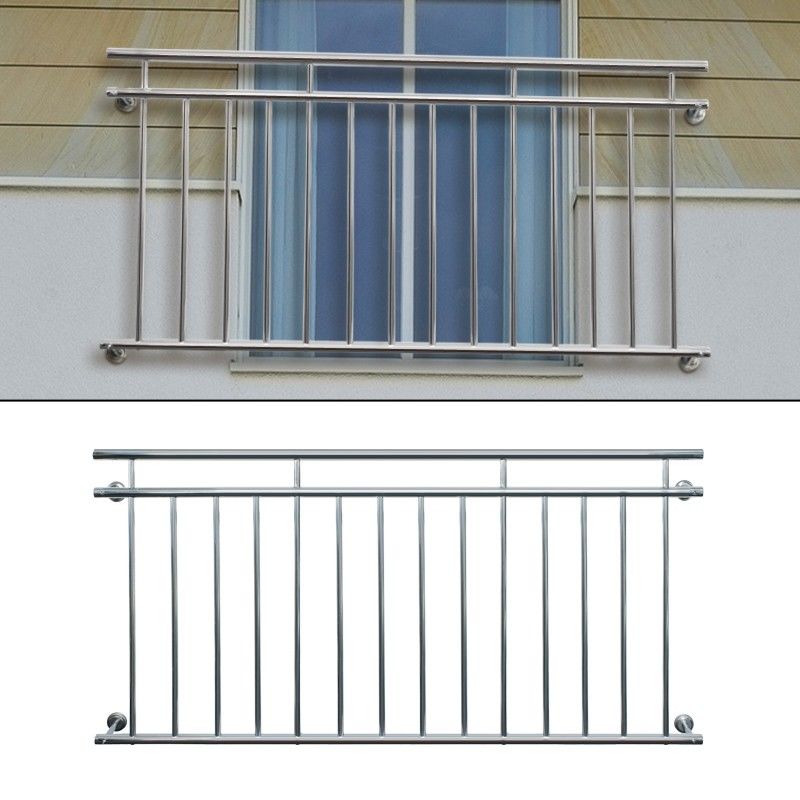Stainless Steel Balcony Railing
Stainless Steel Balcony Railing, always used for preventing accidental fall, because of welding firmly, smooth nondeformable, easy for cleaning and assembling. These balcony railings are all made up of stainless steel material, could be waterproof and rustproof, then can be used indoor or outdoor. Except for our normal sizes, also can customized as customers' need, feel free to tell your requirements. The installation of balcony railings is not complex, customers could do by self, we will provide detailed installation manual and installation accessories.

Balcony Railing Balustrades & Handrails
Indoor Balcony Railing,Outdoor Balcony Railing,Antirust Balcony Railing,Waterproof Balcony Railing,Stainless Steel Balcony Railing
Suzhou CoreMission International Trading Co.,Ltd. , https://www.szcoremission.com